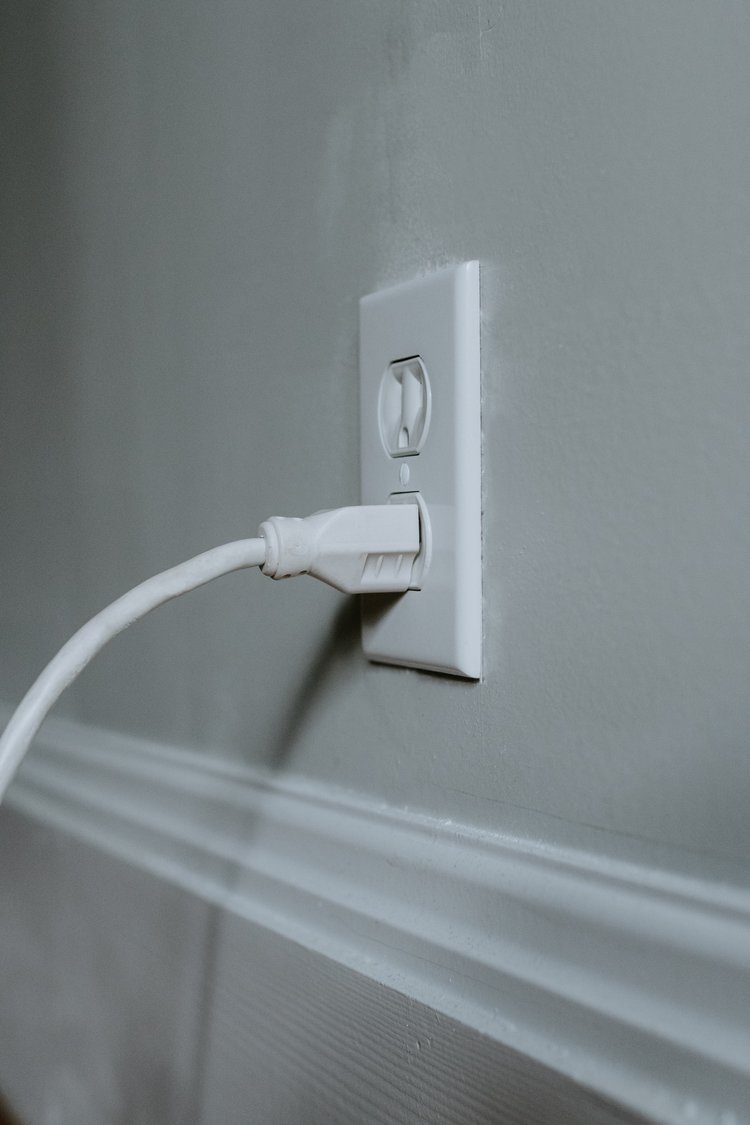Release of the AER’s Final Better Bills Guideline
Fast Facts.
The Australian Energy Regulator (AER) released a draft Better Bills Guideline on 20 December 2021. The purpose of the Guideline is to create binding, enforceable obligations on energy retailers to prepare easily understandable energy bills for small customers.
The AER has now published the final Guideline, and has walked back only slightly from the draft, allowing exemptions for multi-site NMIs and removing requirements for solar usage. The regulator has retained the requirement to present “Better Offer” information.
By 31 March 2023, retailers must comply with the Guideline in preparing and issuing bills to small customers using less than 100MWh per annum.
Background
Under the National Energy Retail Rules (Retail Rules), the AER is required to make a billing guideline (the ‘Better Bills Guideline’ or ‘Guideline’). The purpose of this Guideline is to create binding, enforceable obligations on energy retailers to prepare easily understandable energy bills for small customers.
The final Guideline can be accessed here.
By 31 March 2023, a retailer must comply with Part 3 of the Guideline in preparing and issuing bills to a small customer. In brief, the AER’s Final Guideline sets out:
A set of design principles, which must be applied holistically when preparing bills (including Tier 1 and Tier 2 information, and any additional information retailers opt to include in a bill, provided this additional information also complies with the Guideline); and
A tiered approach to billing information, where:
Tier 1 information must appear on the first page of a paginated bill and at the beginning of an unpaginated bill;
Tier 2 information must be included in a bill, but not on the first page of a paginated bill or at the beginning of an unpaginated bill but before additional information; and additional information can be included in bills however it must not be included on the first page of a paginated bill or at the beginning of an unpaginated bill, or ahead of Tier 2 information on a paginated or unpaginated bill, or ahead of the specified Tier 2 information.
We summarised the 21 submissions received on the Draft Guideline here.
In brief, there were four broad categories of submissions. The first was from retailers, all of which made the point that the requirements set out in the draft Guideline would take considerable time to implement; would provide fewer benefits than the AER was assuming; and would contribute to an overall unsatisfactory cost/benefit ratio. The second category was from consumer groups, Government and State Ombudsman’ offices, all of which supported the requirements and, in many cases, argued they should go further in prescription and form. The third was from Ausgrid, the only network service provider to make a submission, and the fourth was from software and home energy management company, WattWatchers.
The AER considered these submissions, and made the following changes in the final Guideline compared to the draft Guideline:Increased flexibility to the tiering of information through:
Providing retailers choice of where to provide tariff time (charging window) information (previously required in the plan summary);
Exemptions for jurisdictional requirements;
Allowing important messages in Tier 1, for example natural disaster information;
The removal of the requirement to present solar usage, instead requiring only solar exports;
Requiring better offer messages only every 100 days, to align with the Victorian method;
Exemptions to better offer requirements for multi-site premises (as requested by Shell Energy, and Ergon Energy Retail as a non-competitive retailer); and
Clarification of the scope of the Guideline, including confirmation that it does not apply to either ‘carry-over’ customers who would otherwise be considered a large customer, or off-market embedded networks.
The AER did not change:
The implementation timetable – on the basis that it is bound by Schedule 2 of the AEMC Final Rule, which inserts Part 16 rule 1(2) in Schedule 3 of the NERR and provides that the AER may specify different commencement dates for different provisions in the Guideline, provided that all provisions in the Guideline commence by 31 March 2023. The AER has said however that it would be supportive of a rule change proposal to the AEMC for a short extension of that timeline if necessary; or
The Better Offer requirement generally, despite almost universal objection to it – the AER kept this requirement on the basis that it aligns with the Victorian model. While requiring retailers to incur additional costs, the AER’s decision was that the better offer messages “offer all customers, including vulnerable/hardship customers, clear messaging on how they can save money. The AER maintains that these benefits outweigh the costs and that the costs, even if passed onto consumers, are a permissible by-product of strengthened consumer protections for small customers”.
Our Insights
Our previous article on the Draft Guideline raised two questions. Firstly, what is the appropriate level of information asymmetry between the retailer and the customer, in a context when retailers compete not only on price but on the quality of the bill? Secondly, once that has been established, how should retailers and new entrants be encouraged to continue to develop innovative offer products to customers through the energy transition?
The first question is important, because there is an inverse relationship between prescription and innovation. At the core of this question is whether all customers using less than 100MWh per annum should be treated as one class of customers, with vulnerable customers adopted as the yardstick for what is appropriate. Our view is that there is room for differentiation within the small customer class.
On the second question, we see little evidence of a link between this Guideline and AEMO’s assumptions under its Step Change scenario about the future role of solar, batteries and DER orchestration in the system. WattWatchers’ submission should have been given greater attention in our view.
The AER has appeared to acknowledge the need for a longer implementation timetable, although we do not see the AER’s offer to support any Rule Changes on this issue as particularly helpful. Over the next 12 months, retailers will be contending with the Consumer Data Right, the Energy Fairness Plan, the proposed Energy Retail Code of Practice, the proposed Victorian performance reporting changes, and other future rule changes. If the AER can see fault in the timelines it is working within, and imposing on retailers, it should lodge a Rule change itself.
For more information, contact Simone Rennie at srennie@renniepartners.com.au




